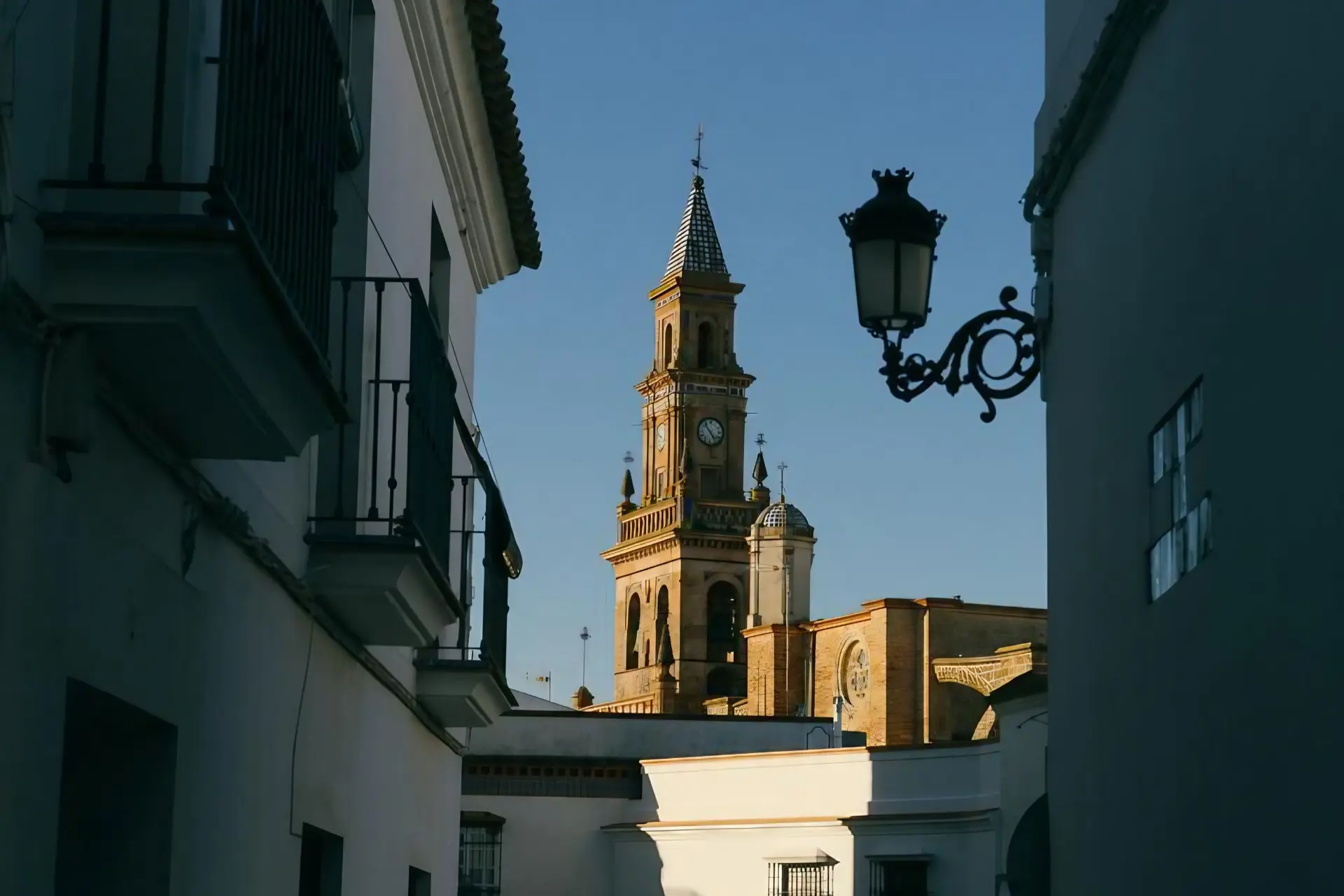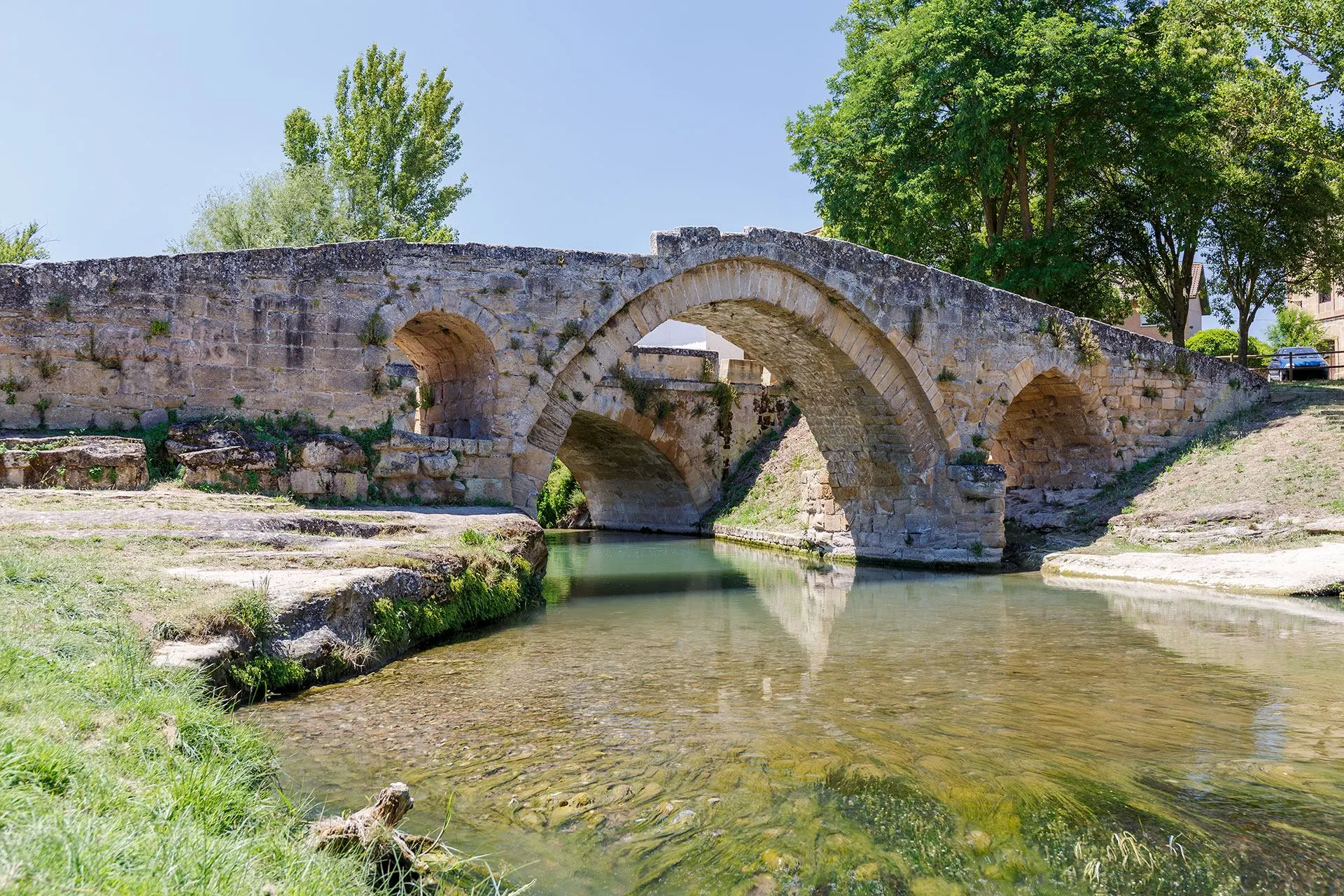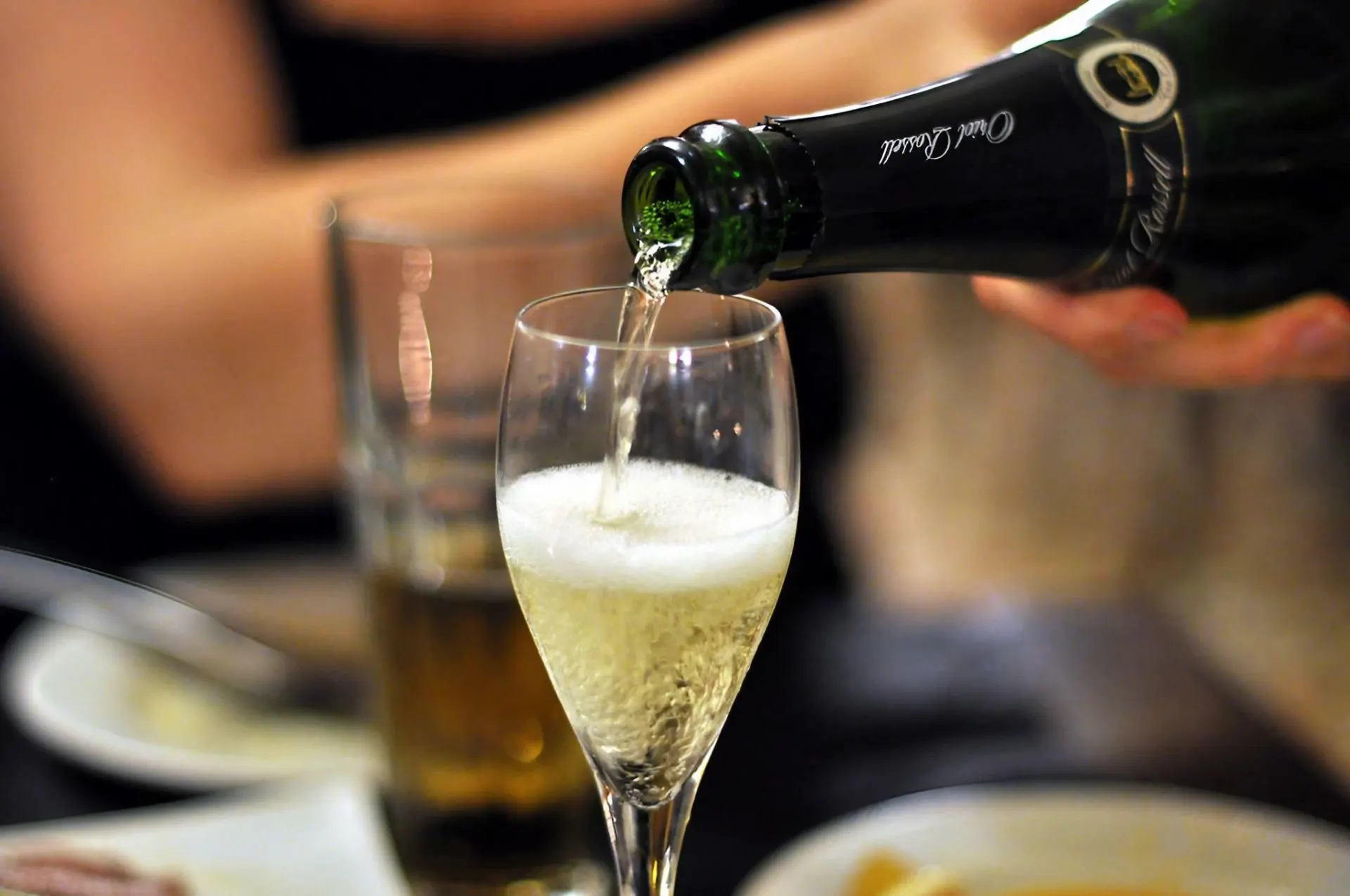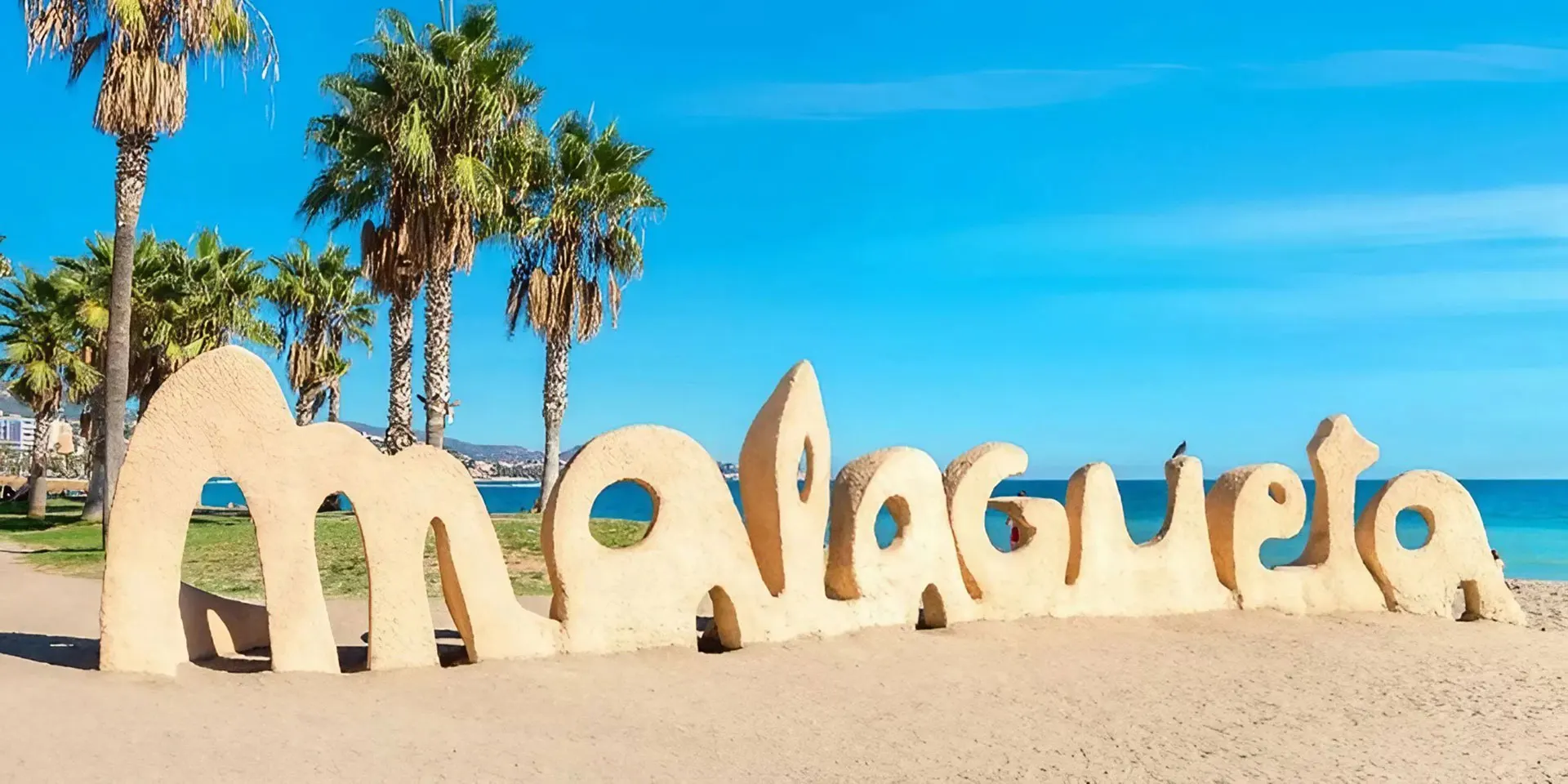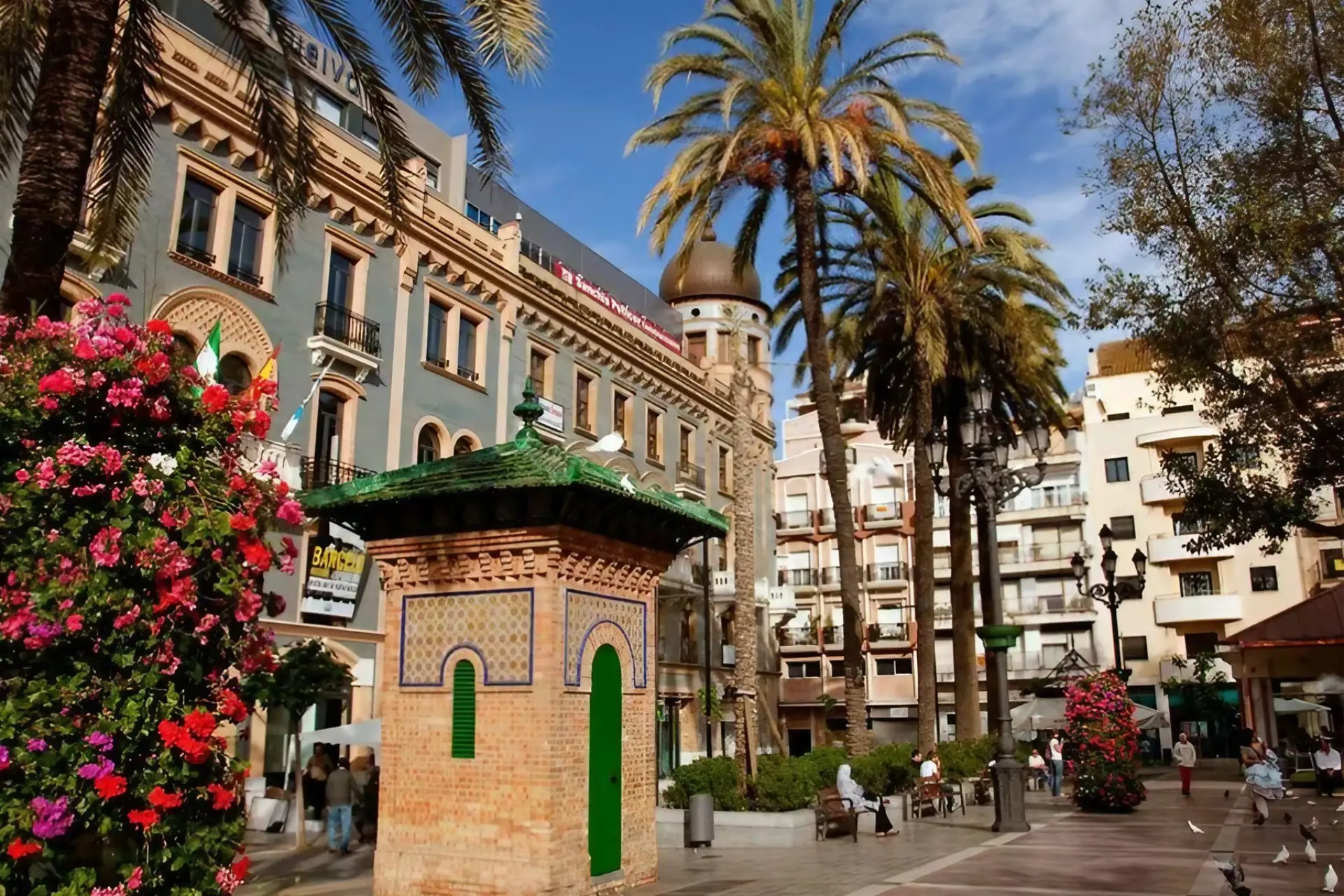We guide you through the world of Spanish Jamón looking at the meat’s history, pig breeds and the different curing processes.
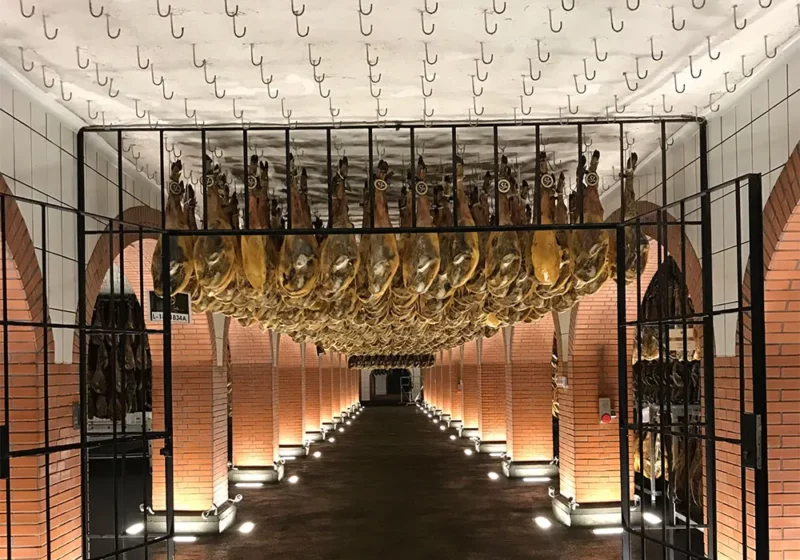
Who hasn’t been to Spain and had Jamón as a tapa (or, if you’re like me, a whole ración) during the evening or at lunch, with a glass of exquisite red wine?
But there’s a lot more to Spanish Jamón than first meets the eye. Did you know there are two very distinct types of Jamón? Ibérico and Serrano, with further distinctions in the Ibérico camp.
Did you know the pigs come in different colours which also determine which type of Jamón they are labelled as?
Well, you can find the answers to these questions and more in our definitive guide to Spanish Jamón.
The Cut
Understanding the world of Spanish jamón might seem complicated at first, but it all boils down to three main factors: pig breed, diet, and cut.
Let’s start at the beginning with a definition of Jamón. There are different cuts to the pork, and the area of the pig from which the cut is made will define whether it is Jamón or not.
The different cuts include:
- Jamón (back leg),
- Paleta (front leg or shoulder),
- Lomo (cured pork loin),
- various sausages: chorizo, salchichón, morcilla, longaniza, butifarra, fuet and sarta.
So, if your ham comes from the front leg, you’re eating Jamón.
Classification of the Jamón is down to pig breed, diet and curing. Some hams also carry a Denominación de Origen, just like wines, indicating their origin and curing process.
Let’s take a look at the pigs and their diets…
Pig Breed & Diet
There are two distinct types of Jamón – Ibérico and Serrano. They come from different pig breeds and go through slightly different curing processes to produce the distinct Jamónes you enjoy.
Jamónes Ibérico
- Jamón Ibérico de Bellota
- Made from free-range, 100% Ibérico breed pigs that feast on acorns. Bellota is Spanish for acorn.
- These pigs live outdoors, gaining about half their weight during the last three to four months of their lives.
- The result: a unique, nutty ham with healthy fats, often called the “Beluga caviar of hams.”
- Jamón Ibérico de Bellota (Crossbred)
- Made from free-range Ibérico pigs crossed with Duroc pigs that also eat acorns.
- The percentage of Ibérico breed is indicated on the label.
- Jamón Ibérico Cebo de Campo
- Made from crossbred free-range Ibérico pigs, enjoying a mix of fodder and acorns.
- Jamón Ibérico Cebo or Jamón Ibérico
- Made from farm-raised, crossbred Ibérico pigs that solely eat fodder.
Jamón Serrano
- Jamón Serrano comes from white pigs of the Duroc or Landrace breeds, raised on farms and fed a cereal diet, cured for 8 months to two years.

Jamónes Ibérico: A Story of Tradition
The tale of Jamón Ibérico requires three main characters to make it: the historic oak pastures of Spain, the majestic black Ibérico pig, and the mountain air that delicately envelops each ham.
Together they undergo a magical transformation into one of the world’s most exquisite foods, a uniquely Spanish phenomenon, the Jamón Ibérico. Each ingredient is crucial, and without them, the recipe is incomplete. Achieving greatness requires patience, skill, and a commitment to traditional methods.
Let’s meet the protagonists…
The Pig
The ancient Ibérico pig is a black, slender-legged breed with a long snout and is the original swine of Spain. Their black hooves give them the nickname “pata Negra” (there’s also a wine of the same name).
The Dehesa and the Acorn
The Dehesa, an ecosystem of oak pastures, provides acorns during fall and winter, crucial for the Iberico pig’s diet.
The pigs love acorns, gaining weight and producing well-marbled, antioxidant-rich meat. They also get to roam around, which helps the fat work through the body, giving a juicier meat.
The Curing Process
Matanza, the sacrifice, is a traditional family affair. When the pig has been butchered, the hams are salted and hung (in that mountain air) to dry for two to four years.
And the finale…
The result is a deep golden ham with dark red, marbled meat, and complex, intense flavours.
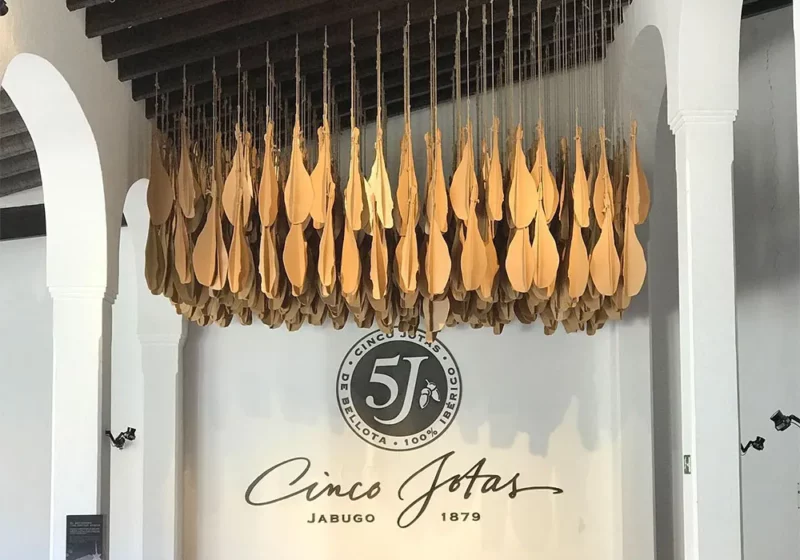
Jamón Serrano: A Spanish Staple
Dry-cured hams like Jamón Serrano have been produced since Roman times, preserving pork with sea salt and time. Originally made with indigenous Ibérico pigs, modern Serrano hams use Duroc or Landrace breeds for quicker reproduction.
Technology ensures controlled curing conditions, deviating from the traditional mountain air method.
The Production Process
There are three phases:
Salting The fresh pork is covered with sea salt for around 20-24 hours per kilo of meat. The curing area has a high degree of humidity, meaning the salt stabilises the product.
Rest or Post-salting Once the allotted time has passed, the ham is rinsed and the salt diffuses through the meat.
Dry Curing The ham is then hung in rooms which mimic the seasonal changes in controlled conditions. The fat starts to melt away (though not entirely) and the pork becomes a cured ham.
The Consorcio del Jamón Serrano Español label guarantees quality and adherence to production standards, which includes:
- Average 12 months air dry cured (minimum 252 days)
- Minimum fat cover of 1 cm.
- Must have a 34% minimum decrease from its fresh weight
How to slice your Jamón
Cutting a Jamón is no easy task as anyone who has tried can vouch for. Rather than translucent slithers of delicious ham, you can end up with chunks – and that does not make for such a great experience!
The tools
Firstly, you need a stand for your Jamón. This secures the hoof of the leg at one end and the heavier, meaty end at the other.
You need three knives:
Large kitchen knife – to cut through the hard outer rind.
Straight boning knife – Great for removing the top layer of fat and separating the meat from the bones.
A Jamonero – this specialist knife is designed for slicing wafer-thin slices of meat. This is its only job, and a must as it is flexible allowing you to glide through the meat easily.
The basics of slicing
- Place yourself in front of the Jamón with the hoof pointing away from you.
- Cut in a downwards direction towards you from the hoof.
- The Jamonero should be held gently. This way the blade slices through without you exerting excess pressure.
- The cutting line must be straight and parallel to the axis of the Jamon
- Only meat and white (not yellow) fat can be eaten.
Learn more about our wonderful Jamón
In a (acorn) nutshell, Spanish hams, whether Jamón Ibérico or Serrano, boast rich histories, distinct flavours, and unique production processes, making them a delightful part of Spain’s culinary heritage.
If you’d like to learn more about the wonderful world of Jamón, join us for Master Cutting classes in Ronda and Antequera, and VIP tours to Jabugo, a small Andalucian town renowned for its Jamón!



